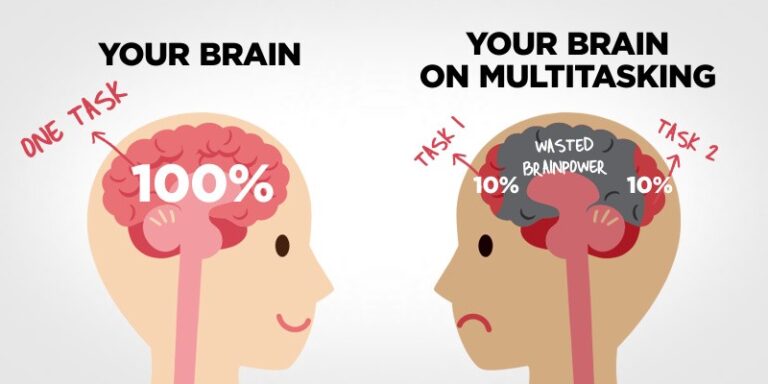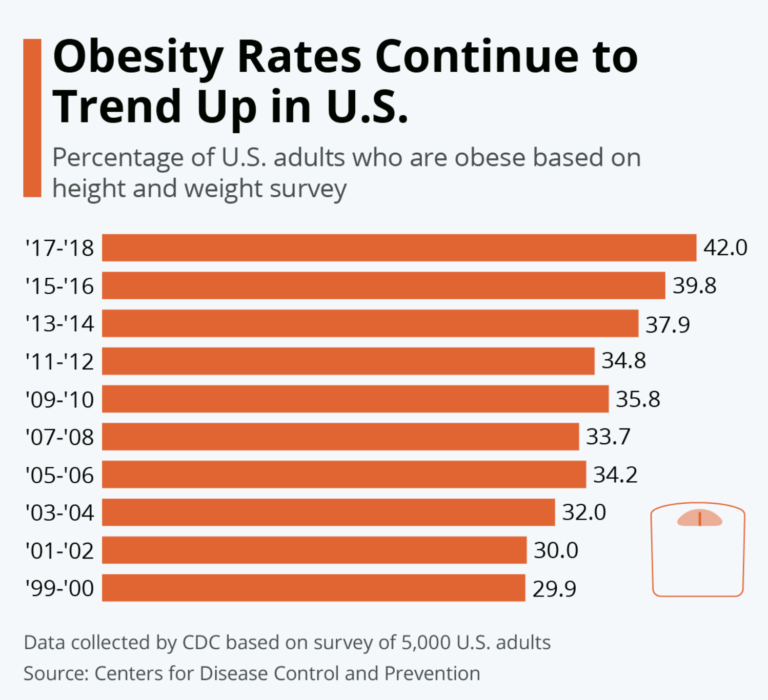Warm Up
—- **FOR NEW STUDENTS**————————————————
- What industry do you work in and what is your role?
- What are your responsibilities in your role/position?
- Can you describe to me the function of your workplace/company?
- How many departments, how many offices. National or International?
- What is the Minimum requirements for employment i.e Education or Experience?
- How many opportunities are there to ‘move up the ladder’?
- What is the process for changing job roles i.e Interview? Test?
——————————————————————————————
General discussion about your workweek:
- Current projects? Deadlines? Opportunities?
- Anything of interest happening?
——————————————————————————————-
Listening
Before the video: Teachers will read the following questions aloud, please prepare for listening!
After the video: Did you get it? If not, please tell your teacher specifically which part you didn’t understand. Let’s review the video again 🙂
- Where does big data come from?
- What is Analytics?
- What do you get when you combine big data with effective analytics?
Key Words and Phrases
- Big Data. Analytics. We’ve all heard the buzzwords. But what do they really mean? And how can they help your business?
- Let’s start with definitions. Big data refers to the vast volumes and types of information that companies can now collect and process using increasingly high-tech systems.
- This comes from both internal sources — within your company — and external ones — customers, suppliers, and the broader market.
- [responsivevoice voice="US English Female" buttontext=""]It is both structured — such as customer purchase data from retail stores — and unstructured — such as Internet search results — though all data has to be put into structured formats to be analyzed.
- Analytics is the use of math and statistics to derive meaning from data in order to make better business decisions.
- There are three kinds of analytics. Some are descriptive — for example dashboards, scorecards and alerts. They tell you what happened in the past, but not why it happened, or what might change.
- Predictive analytics are more useful: They use past data to model future outcomes — perhaps indicating how customers will respond to a marketing promotion or how sales will be affected by certain market conditions.
- Even better are prescriptive analytics, which use techniques like optimization or A-B testing to advise managers and workers on how best to do their jobs.
- They might tell a TV salesman the right discount to offer, a web designer which type of ad will elicit more clicks, or a truck driver where to stop for gas.
- When you combine big data with effective analytics, you have what Babson College professor Tom Davenport believes to be a key competitive advantage for organizations today.
- What capabilities does your organization need to succeed? One approach is the DELTA model: Data that is clean, accessible, and often unique to your company.
- An enterprise-wide focus, with key data systems and analytics resources available to the whole firm, not just isolated teams.
- Leaders at all levels that promote a data-and-analytics driven culture. Targets for key business areas that could benefit from this approach and talented analysts to execute the strategy.
- In a complex and dynamic business environment, big data and smart analytics are more than buzzwords.
- They’re an important way to improve decision making and ensure that your company is a step ahead of its competitors.
Discussion
- buzzwords -a word that is fashionable for a particular time or in a particular context. (2018 examples; Data Mining, Machine Learning, Augmented Reality)
- vast / huge/ extensive/ expansive
- high-tech = technologically advanced
- internal / external = from inside / fromoutside
- broader market =refers to the movement of the market as a whole, rather than a specific industry or sector
- “The broader market was expected to make a shift away from the use of material possessions being used in construction thanks to technology”
- structured / organised / ordered / arranged
- derive / obtain /get / gain / acquire / extract
- dashboards = a graphical summary of various pieces of important information, typically used to give an overview of a business.
- “an executive dashboard enables a CEO to see bank balances, the top five customers, accounts receivable, and accounts payable”
- scorecards =a statistical record used to measure achievement or progress towards a particular goal.
- alerts = noun – the state of being watchful/ attentive/ cautious verb – warn someone, a warning
- model = create a representation, especially a mathematical one, of (a phenomenon or system).
- “a computer program that can model the behaviour of fire”
- perhaps / Maybe / possibly
- market conditions = Defining market condition includes stating the number of competitors in a particular market, the intensity of competitiveness, the total marketavailable, and the rate at which the market is growing.
- prescriptive / Prescription =enforcement of a rule or method. / authoritarian, tyrannical,oppressive, . Prescription = a recommendation that is authoritatively put forward.
- optimization = best or most effective use of a situation or resource.
- A-B testing = 2 choice testing (often used in website design)
- elicit / obtain / bring out / draw out / extract
- Clicks = web traffic / responses
- DELTA model = Delta model is a customer-based approach to strategic management. Compared to a philosophical focus on the characteristics of a product, the model is based on consumer economics. The aim is to create a very strong bond between the company and customer
- Clean Data = no inaccuracies.identifying incomplete, incorrect, inaccurate or irrelevant parts of the data
- enterprise-wide = across the whole company including subsidiaries etc. whole firm
- isolated = single; exceptional. having minimal contact or little in common with others.
- execute the strategy / carry out / accomplish
- Complex = complicated or intricate. many different and connected parts.
- Dynamic =constant change, activity, or progress.
Listening Answers
1. Vast volumes and types of information that companies can now collect and process using increasingly high-tech systems.
and- internal sources — within your company — and external ones — customers, suppliers, and the broader market.
2. Analytics is the use of math and statistics to derive meaning from data in order to make better business decisions.
3. Babson College professor Tom Davenport believes to be a key competitive advantage for organizations today.



